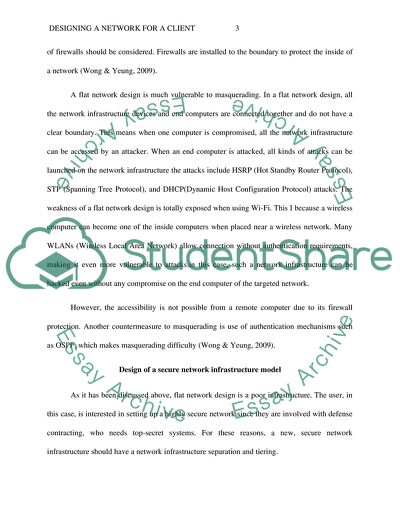Cite this document
(“Designing a network for a client Research Paper”, n.d.)
Retrieved from https://studentshare.org/information-technology/1674427-designing-a-network-for-a-client
Retrieved from https://studentshare.org/information-technology/1674427-designing-a-network-for-a-client
(Designing a Network for a Client Research Paper)
https://studentshare.org/information-technology/1674427-designing-a-network-for-a-client.
https://studentshare.org/information-technology/1674427-designing-a-network-for-a-client.
“Designing a Network for a Client Research Paper”, n.d. https://studentshare.org/information-technology/1674427-designing-a-network-for-a-client.


